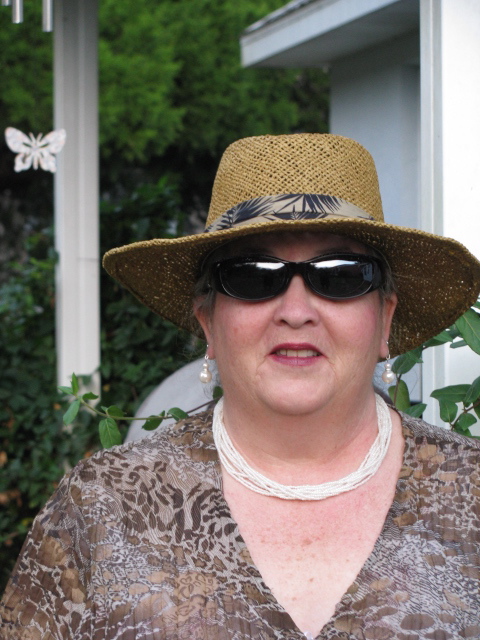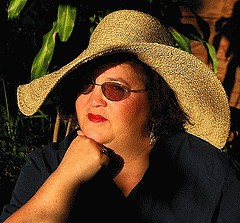November 18, 2010
This event was held on November 16, 2010 at the Fish and Wildlife Center in downtown St. Petersburg, Florida from 6 until 830PM.
EVENT NOTICE:
http://www.sierraclubfloridanews.org/2010/11/oil-disaster-forum-what-do-scientists.html
"What do scientists say about how the Deepwater Horizon oil disaster affected the fish, wildlife and people in the Gulf of Mexico?"
People? The Human Impact in relation to the Catastrophe and Crime Scene in the Gulf was never mentioned in this forum. Not ONCE!
With the erasing of the Human Impact and the Public Health calamity happening in the Gulf Region this has become a Human Rights Issue that the whole world is now watching.
Since we already know that the global public opinion is that the US government is subjugating it's people to draconian laws, enacting laws that corporations lobby and even author, restricting citizen's movements, disregarding dissent or arresting the dissenters, distortion or the erasing of facts by the propaganda mainstream media, arresting and incarcerating without due cause, lack of habeus corpus, black ops, COINTELPRO, then this is just further evidence that the Human Rights violations are continuing unabated here in the US. And the BP Gulf Oil Crime Scene now affects 40 million people that live in the Gulf Region--per one doctor, up to 1000 miles from the coast, on all levels; economically, spiritually, mentally, and physically. See: http://www.examiner.com/human-rights-in-national/gulf-hero-dr-soto-detox-or-move-only-ways-millions-will-survive
This is how the "public forum" was described on the invitation and widely disseminated via email:
"Public Forum on the Gulf Oil Disaster. There will be time to ask the scientists questions, and learn from environmental organizations, including Sierra Club, how you can get involved to restore the Gulf and reform drilling to protect the Gulf from further harm." REFORM DRILLING? Are they SERIOUS? Drilling? As in MORE of it? Drilling is the LAST thing we need!
The first panel were the three scientists. They were:
- Bob Weisberg, Ph.D., Distinguished University Professor of Physical Oceanography and leading expert on the role of the Gulf's loop currents affecting the path of oil towards or away from coastlines.
- Ernst Peebles, Ph.D., Associate Professor Biological Oceanography, specializes in research on coastal fisheries, was part of the crew of the research vessel that in May 1st identified subsurface oil in the Gulf.
- David Hollander, Ph.D., Associate Professor, Chemical Oceanography, whose work in isotopic biogeochemistry led to his discovery of oil on the floor of the Gulf.
The second panel consisted of representatives from different environmental groups. Discussions included wildlife casualties, relocation of turtle eggs, beach clean up, NRDA, responses and what the different groups were doing, legislation, etc. And we cannot forget the dollars from tourism. This panel also reported from the 1st meeting of the White House's Gulf Coast Ecosystem Restoration Task Force, held Monday, November 15th in Pensacola, as well as an assessment of the Natural Resource Damage Assessment (NRDA) process and how citizens can engage in the process of restoration.
Those attending were instructed to write their questions on 3 by 5 cards and the questions were cherry picked from that stack, grouped together per similar topics and read aloud to the first panel. Some of the questions that were handed in were divided up from the questions presented to the scientists and given to this second panel to address if these questions were something those panelists could cover. It was quite apparent from the cherry picking of the questions, that some would be presented and some would not be. IS THIS FREE SPEECH? This system of inquiry was designed to disregard, manipulate and/or suppress the real message about what is actually happening in the Gulf Region in real time.
This was not a FORUM, as that indicates interaction with PEOPLE, this program was designed to "program" what the facilitators wanted us to hear. It was a series of presentations.
Within the three presentations given by each member of each panel, there was no mention of the human impact of the spill or the toxic levels of water and air in the Gulf of Mexico, levels of toxicity in air and water samples taken locally, the Public Health HAZARDS, safety testing of the seafood, medical reports, labs or labwork, testimonies from people who live near the water, diseases or symptoms of people living in the Gulf Region, discussions with doctors and other licensed medical professionals that are treating the suffering, sick and dying.
The first question asked of the scientists was if they were funded by BP. They said they were not. Their studies are so they lied. See:
http://www.abcactionnews.com/dpp/news/region_tampa/national-geographic-oil-spill-special-features-usf-scientist
"Right now, the Florida Institute of Oceanography has 27 projects funded by BP to delve deeper into Gulf research and recovery. USF is working on six of those."
"...a recent letter confirming a $10 million grant to the Florida Institute of Oceanography, based at USF in St. Petersburg."
http://www2.tbo.com/conten t/2010/jul/09/090812/na-sc ience-politics-collide/
List of BP Funded Proposals at USF--both ongoing and projected:
http://fio.usf.edu/Researc h/BPFundedProjects.aspx
Professor Peebles even said that there were no problems with seafood testing and sampling and nothing to show the risk or hazards of eating it and that he ate it with no problem. Unknown to him and the rest of the panel and the attendees since I was not permitted to speak, the most recent sampling, testing and analysis of two pounds of shrimp from the Gulf showed a 193ppm (parts per million) reading. The sample was taken by Mac MacKenzie of Louisiana and evaluated by Bob Naiman of ACT Labs in Alabama.
It was implied by all three of the panel members that the waters were fine for swimming and recreation even though Hollander noted that we just did not know for sure. He said this while I was holding in my hand, a second lab report from ACT LABS in Alabama, the results of a test in September that showed 173ppm from a sand sample taken on Sarasota Beach. The report included a FINGERPRINT match of the same contaminants from the Macondo site.
(Note: You can view every article as one long page if you sign up as an Advocate Member, or higher).






